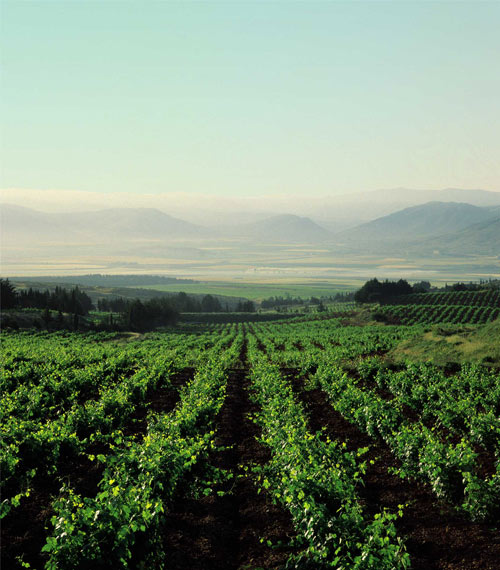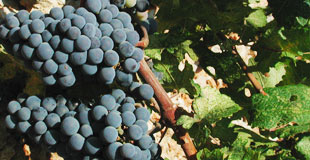Full article: "Junior MasterChef is raising a crop of foodie kids" in Courier Mail
 |
| Source: Channel 10 |
This is a slightly coloured news story, reporting the potential effects Junior MasterChef has on the food trend of Australia.
The article is of typical length of a news story - 540 words – and with a short interesting intro about the potential changing taste of Australian kids. I think the intro captures the whole idea of the article, so I’d like to quote it here: “Forget fish fingers and spag bol for your children’s dinners, now it’s macadamia-crusted snapper and goats cheese ravioli on the menu.”
In terms of timeliness, significance and oddity, this news article nailed it. Junior MasterChef has just started, with an astonishing 2.2 million viewers for its first episode, and the buzz is likely to accelerate as the competition gets keener. The show obviously captures the attention of the whole nation and given our aggravating obesity problem and prevalent fast-food culture, the show brings about a lot of implications for people to consider.
For this article, Tucker-Evans did a pretty good job of balancing out opinions from different perspectives. The writer quoted four sources: fine-dinning restaurateur, Matt Moran, celebrity cook, Donna Hay, social commentator, Bernard Salt, and the show’s judge, Gary Mehigan. All of them provided different perspectives on what the show implies or triggers in the broader society.
To take the story to the next level, I suggest finding an angle that’s less obvious. The angle the writer used for this news story is fine. But to make it more interesting (probably for another story of the show later on), I will look into the lives of these Junior MCs and their families. The kids’ upbringings will provide more insights into how our nation should raise our next generation.
I am utterly blown away by how talented and passionate these kids are. Wouldn’t it be interesting to know the stories behind them?


